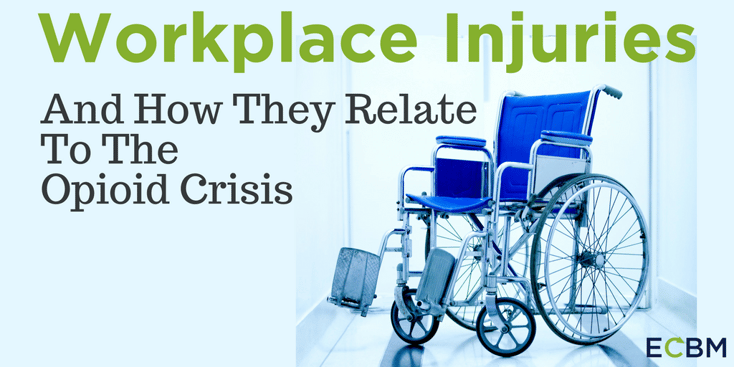
The United States as a whole has a significant problem with prescription medication. Estimates are that Americans consume seventy five percent of the world’s prescription drugs. A large part of these prescription drugs focus on chronic pain management. Doctors in the 1980s began prescribing opioids for those patients suffering from chronic pain under a mistaken assumption that prescription opioids had little potential for addiction or abuse.
A Lack Of Criticism For Long-Term Effects Of Opioid Use In Medical Journals
This has partially caused a massive opioid epidemic in the United States. Americans are now more likely to die from an accidental drug overdose than from a car accident, and opioids account for more than half of all drug overdoses in this country. While many of those drug overdoses stem from purely illegal opioids such as heroin, studies have found that approximately 80% of new heroin users in the United States started their addiction with a valid prescription for an opioid painkiller.
Injuries At Work Can Start The Cycle
These issues cause unique problems in the world of worker’s compensation. The Worker’s Compensation “industry” spends approximatelyfive and a half billion dollars a year on prescription medications. Almost three billion of that five and a half billion dollars goes to pain medication. Of that almost three billion dollars, about two billion dollars goes specifically to opioid medications.
Costs Beyond The Co-Pay
"The cost of opioid prescriptions within the worker’s compensation field, though, extends far beyond the simple cost of paying for prescriptions for these drugs. Worker’s Compensation beneficiaries who receive opioid prescriptions tend to remain out of work longer than beneficiaries with similar injuries who do not receive opioid prescriptions," says Matt Mullen, CWCU at ECBM. "This means higher costs for lost wages on these claims, as well as more cost to the employer for someone to temporarily fill that employee’s role." It also raises the issue of addiction treatment, losing an employee for the long term (and incurring increased turnover costs), and a host of other issues.
New Guidelines For Pain Management
Fortunately, the worker’s compensation industry has worked with both medical associations and state governments to reform guidelines for prescribing opioids. Insurers have relied heavily on the use of Pharmacy Benefits Managers to develop guidelines for the prescriptions of opioids and enforcing those guidelines through health benefits programs. The Center for Disease Control has also released their own guidelines for the prescription of opioids that builds on the work of several state governments, notably Washington and Utah, and that of the PBMs.
These movements towards greater care and caution in the prescription of opioids have shown positive results early, with costs related to opioid prescriptions decreasing. Still, the Center for Disease Control found that while prescriptions decreased in 2016, the decreased amount still represents a threefold increase over the level of opioid prescriptions issued in 1999.
Companies with significant worker’s compensation exposures need to keep an eye on these developing trends and have conversations with their worker’s compensation providers in order to protect themselves and their workers.




